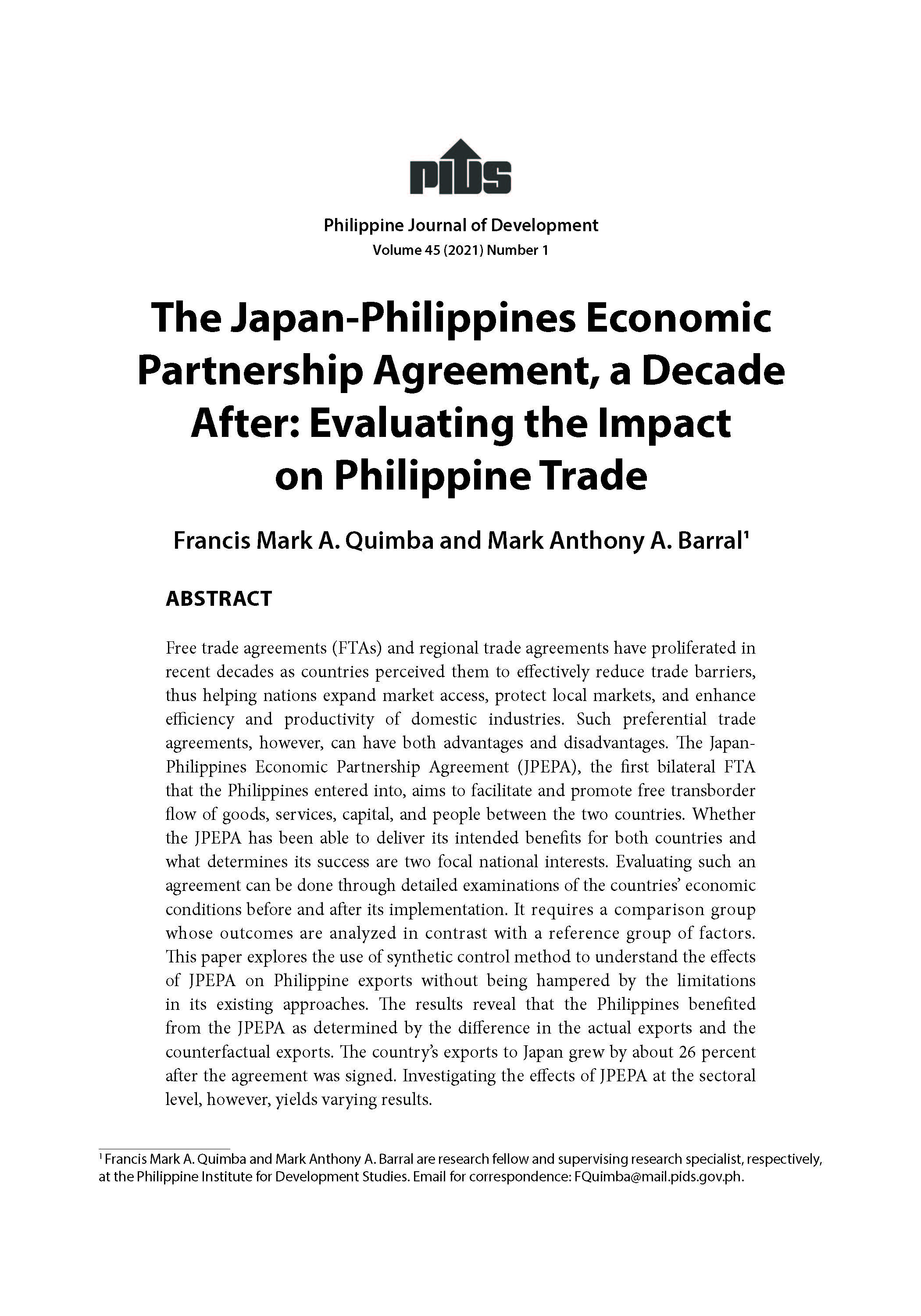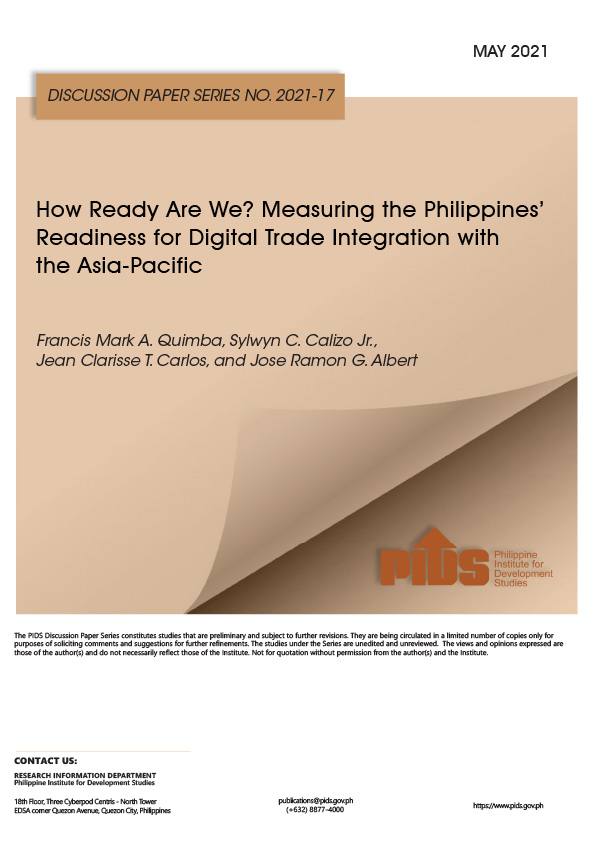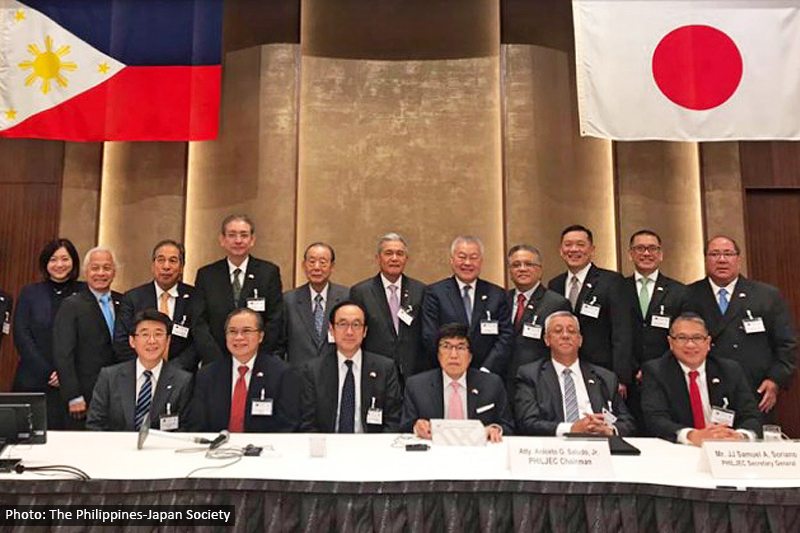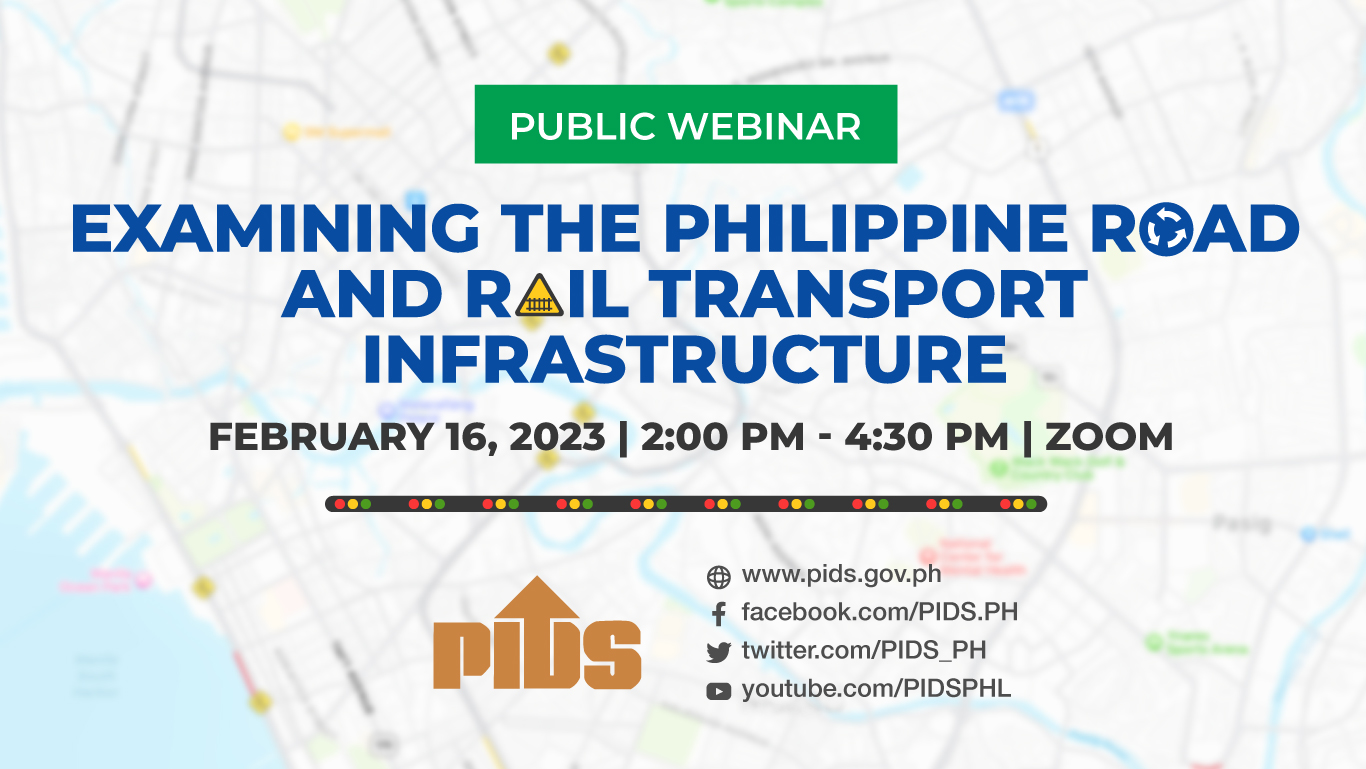The heavy traffic congestion along the roads within the Port of Manila, the largest seaport in the Philippines, and in Metro Manila led the City of Manila to impose a truck ban in February 2014. With the reduced operating hours of container trucks plying the city streets, this resulted in delays in the delivery of goods, accumulation of containers at the port, slowdown in the logistics chain in and out of the port, empty containers returning to the port, and increased trucking and port costs, and shipping line charges.
This Policy Note presents the key findings of a study that investigated the causes behind the congestion in the Port of Manila and the underutilization of Batangas and Subic Ports. Using survey and focus group discussion, the study looked into the factors that affect the decision of shippers, freight forwarders, logistics services providers, and truckers on their choice of port and their satisfaction ratings of their chosen port. The Note ends with some short-, medium-, and long-term measures to address the congestion and underutilization issues.
Citations
This publication has been cited 4 times
- Cu, Rea. 2019. BOC backs initiatives by port stakeholders on empty containers. BusinessMirror.
- Cu, Rea. 2019. BOC assures businessmen: Port congestion easing. BusinessMirror.
- Marasigan, Lorenz. 2019. Port operator, shipping lines move on congestion. BusinessMirror.
- Ordinario, Cai. 2019. Neda: Port congestion to dent 2019 trade data. BusinessMirror.













